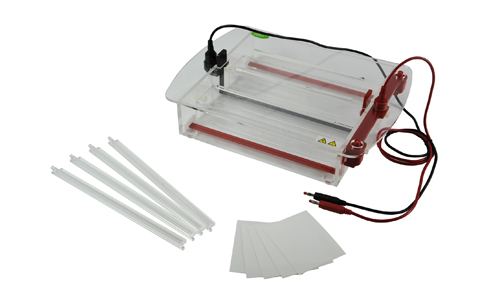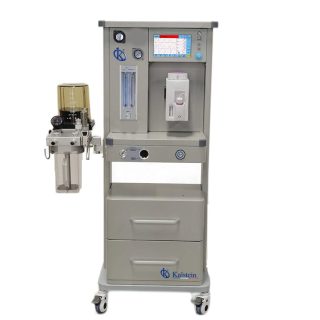To establish the identity of plant or animal species for food purposes, based only on the observation of external characters such as size, shape and appearance, is a difficult and unreliable task. This problem is also common when trying to identify strains of probiotic bacteria, where differences in phenotypic traits do not lead to reliable results, since the culture conditions of these microorganisms, can modify them.
The set of tools provided by molecular genetics makes it possible to identify organisms and their products, in relation to their own genetic code (DNA, RNA), rather than just the label, by using genotyping techniques based mainly on DNA amplification by polymerase chain reaction (PCR) and electrophoretic profile. Intraspecific differences can be detected by conjugation reactions using restriction enzymes (PCR-RFLP). The inherent advantages of these techniques are:
- Speed of the procedure.
- High reproducibility.
- High reliability.
- Implementation is relatively inexpensive.
- It supports the application of quality control protocols for product labeling.
In the case of the study of microorganisms used in the food industry, the PCR response is ideal for differences between repeated sequences of the bacterial genome (Eric-PCR and PCR representatives) at the level of genera, species and even strains, according to the electrophoretic pattern of the amplification product. It can be seen how electrophoresis, being a tool to separate macromolecules according to their size, provides valuable information throughout this process.
Applications in the study of genetically modified organisms (GMOs)
The main idea behind using genetic engineering to support farmers and breeders was mainly to reduce costs and maximize profits. On the one hand, agricultural products and plant genetic products benefit from increases in yield and quality through the use of GMOs; on the other hand, the optimization of ingredients may be targeted or an increase in qualitative, quantitative or accelerated growth may be intended.
If necessary, these advantages can also be achieved with the help of the formation of resistance and tolerance to pests, stress, fungi, viruses, heat, cold, salt, diseases, among others. Although the advantages derived from the use of biotechnology for the improvement of food production, there are some laws that restrict the use of these technologies, therefore, as part of the quality control of these products is usually required certification of their GMO content.
Use of molecular biology techniques in the quality control of seafood
In order to prevent possible fraud in the labeling of seafood, the identification of fish species is becoming a matter of increasing concern. The authentication of these foodstuffs becomes an intractable problem when the external morphological characteristics of the fish are removed during fileting or processing. The studies applicable to these samples are complicated by:
- Additive incorporation
- Technological processes applied to food
- The type and time of storage of the sample
Fish identification is feasible using biochemical assays that determine the composition of water-soluble proteins, such as the isoelectric approach (IEF) that reveals protein polymorphism that can be used for unambiguous species identification. However, the use of electrophoretic analysis of proteins obtained from canned tuna is not suitable for species identification, since the canning process involves a heat treatment that irreversibly changes the water solubility of the proteins.
Consequently, in recent years, deoxyribonucleic acid (DNA) analysis techniques have been used in this respect. These techniques are based on the analysis of polymorphisms of different genetic markers amplified by the polymerase chain reaction (PCR) technique. Although DNA analysis is more complex than protein analysis, more information can be obtained with DNA analysis. In addition, the DNA molecule appears to be much more stable to heat treatment than the proteins themselves.
Electrophoresis equipment to support food science
The manufacturer of laboratory instruments Kalstein, makes available to researchers in food sciences, electrophoresis equipment that support the development, evaluation and control phases of organisms and their products. These devices are characterized by being reliable, precise control of critical variables such as pH (by the use of sufficient buffer solution) and temperature, and, the commissioning is simple. For prices, request for quotation and purchase, please visit HERE and HERE.




